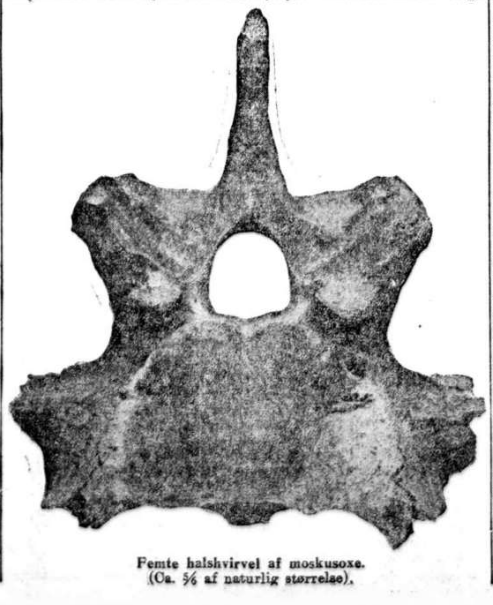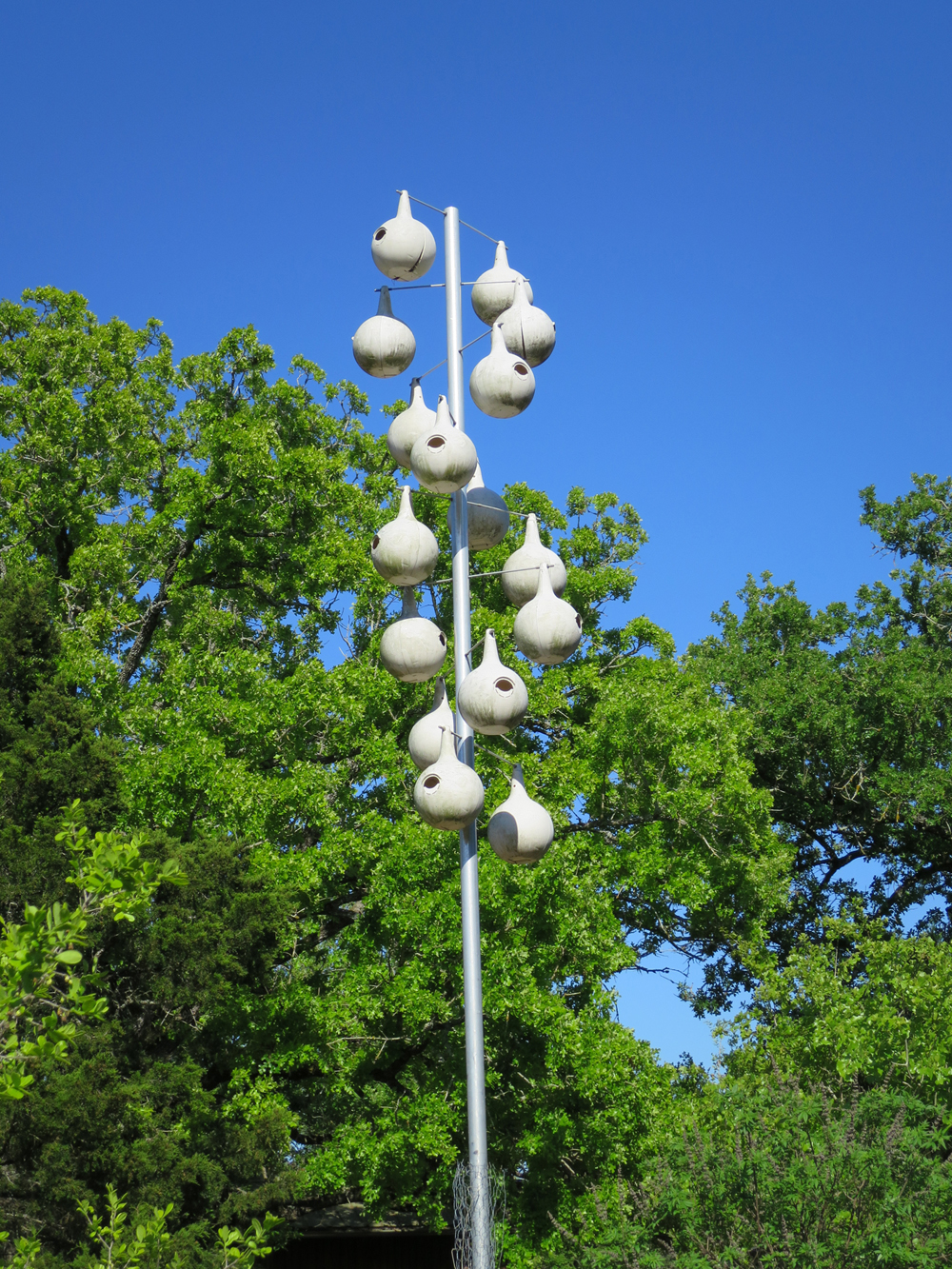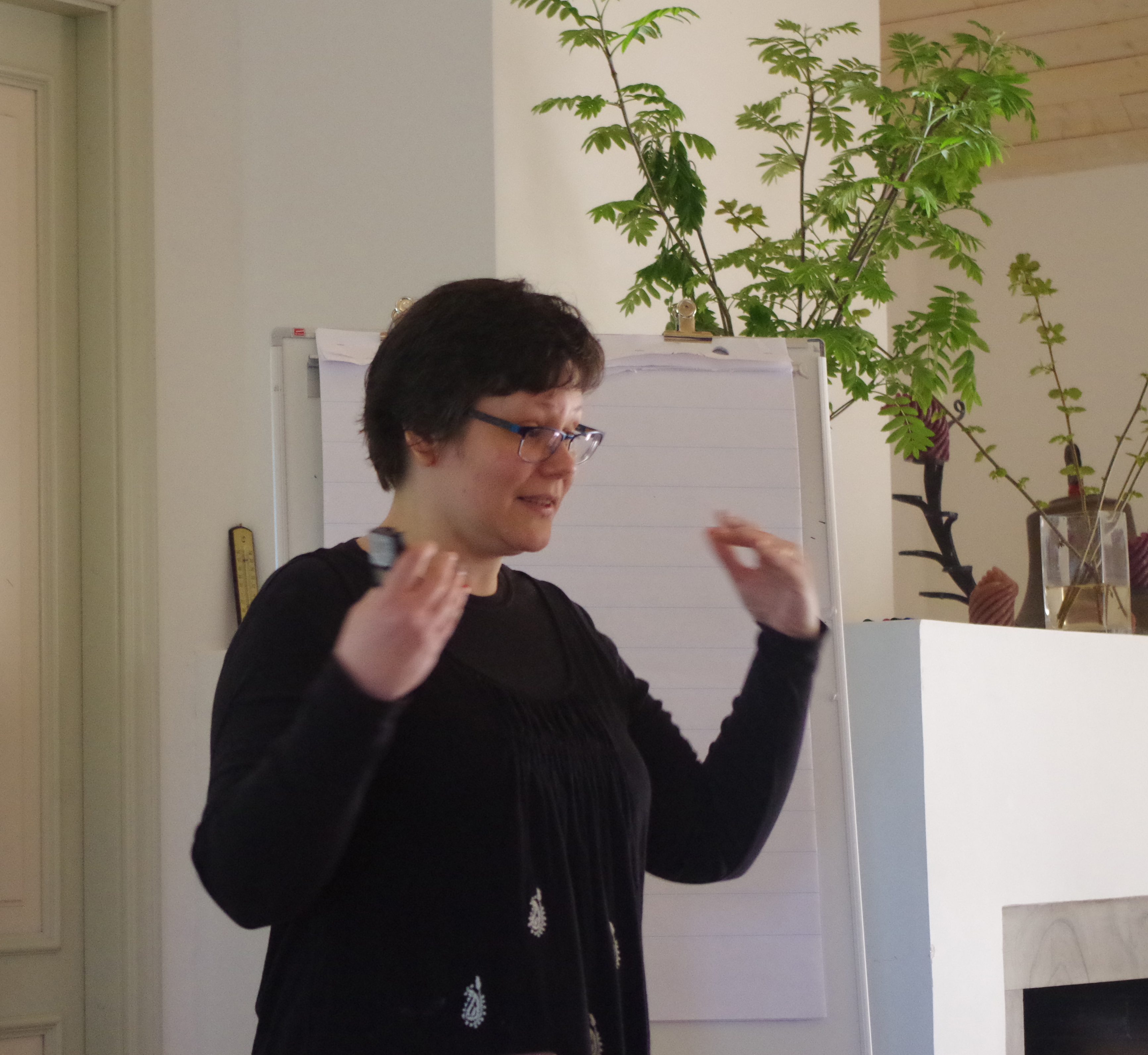
University blogger
For the next two weeks, I am going to be blogging on the research blog for Umeå University where I work. I’m in an interesting position as an environmental historian employed in a natural sciences faculty, so I want to spend my time as the university blogger reflecting on the challenges and opportunities that come with my type of interdisciplinary. I want to stress that the synergies that result from bridging the humanities and natural sciences can help us better understand complex environmental issues today and how we can address them for the future.
I’ll be cross-posting my UmU blog posts on this blog, since the Return of Native Nordic Fauna project will feature largely in those posts.
Two kinds of interdisciplinarity
Originally posted on UmU Forskarbloggen
Interdisciplinary. Of or pertaining to two or more disciplines or branches of learning; contributing to or benefiting from two or more disciplines. (Oxford English Dictionary)
In academia today we hear all the time about interdisciplinarity. Funding sources want interdisciplinary teams; universities set up interdisciplinary centres; everyone claims to be doing it.
But what exactly does it mean to be interdisciplinary? According to the Oxford English Dictionary, it is supposed to entail multiple disciplines, but that can be either in the input (contributions from more than one discipline) or the output (have relevance for more than one discipline). While the definition focuses on involving knowledge bases from different disciplines, it says nothing about the people involved in that knowledge production.
People almost always think of teams when they think of interdisciplinarity. Most people claim to be doing interdisciplinary work by building a team of people from different disciplines who are supposed to work together on a common project.
When I moved to Umeå in 2010, I was hired as a Project Coordinator within the Department of Ecology and Environmental Science for this kind of endeavor. The Restore project consists of team members from ecology and political science who are collaborating to understand how ecological restoration works in policy and practice. When they hired me, an environmental historian, they added a bonus discipline (history) into the mix. Like most interdisciplinary projects, Restore brings together researchers who have perspectives and backgrounds firmly rooted in their specific field of studies. Most of the team members depend on those with other disciplinary backgrounds to bring the scholarship from those fields to the table, rather than being truly conversant in those disciplines themselves.
But I think there is another kind of interdisciplinarity, one that is not as easily recognized, nor I think appreciated, in academia: the interdisciplinary nature of a single researcher—an idea I called the ‘interdisciplinarity of one’ in a blog post in 2009.
I am an environmental historian, a field which Christof Mauch has recently labeled as the ‘überdiscipline’ that combines natural science and cultural developments. Environmental historians investigate the historical interactions and relationships between human societies and nonhuman nature. As a discipline, we examine how the natural environment may present constraints to historical processes and how humans in turn reshape natural resources and ecologies through a complex dynamic of ideas, practices, and policies. To do that, we often combine perspectives from a variety of historical approaches (political, social, intellectual, etc.) with natural scientific environmental data. Environmental historians take seriously the physical fabric on, through, and by which human history unfolds. This makes the field of environmental history itself an interdisciplinary endeavour.
I am currently working on a project about historical reintroductions in Norway and Sweden. In this project, I have to read biological papers about beaver and muskox to understand their biological characteristics and population dynamics, but I am not a historical ecologist developing those numbers. Rather, I use that natural science along with more traditional written archival records like letters, newspaper accounts, and policy documents to understand why the historical actors did the things they did and what the effect of their actions was.
An example of the requirement for me as a researcher to look beyond disciplinary boundaries happened with the beaver beetle, which I discussed on my project blog in April.
I had noticed that the letterhead of P.M. Jensen Tveit, the Norwegian who captured beavers for release in Sweden, had included beaver beetles (Platypsyllus castoris) as one of his items for sale. I looked through all the scientific literature I could find on beaver beetles, both historic and current, to understand why Jensen Tveit would have been selling these beetles. What I discovered was that this beetle species lives only on beavers, so because the beaver was nearly extinct in Europe, its identification had come very late in the entomology game. Because the beetle was limited to living with beavers, scientists were desperately seeking specimens, and Jensen Tveit was filling the demand. Nowadays, scientific papers are regularly published describing the “first recording” of the beetle in a specific European country — Latvia in 1995, Belgium in 2000, Slovakia in 2001, to name a few. What my environmental history tells me is that beaver beetles were probably once common in Europe when the European beaver was common and have now been reintroduced along with the beaver.
To tell such a story requires reading and understanding sources from multiple disciplinary backgrounds. This, I would argue, is an interdisciplinary approach just as valid as one that brings team members with their individual specialties together. Yet it is a type of interdisciplinarity that is not as easily seen within academic institutions which are set up along disciplinary lines.
I’m one of those who buck the disciplinary system. I am a historian, with a background as a professional engineer before going back to earn by PhD in history, working in an ecology department. So I want to spend my time as a UmU blogger reflecting on the opportunities and challenges of being in that position; about what the natural sciences and humanities can learn from each other; and about what they do the same and what they do differently. I hope you’ll follow along as I explore my own interdisciplinarity.





